One-day Trip in Ise: Ise Jingu
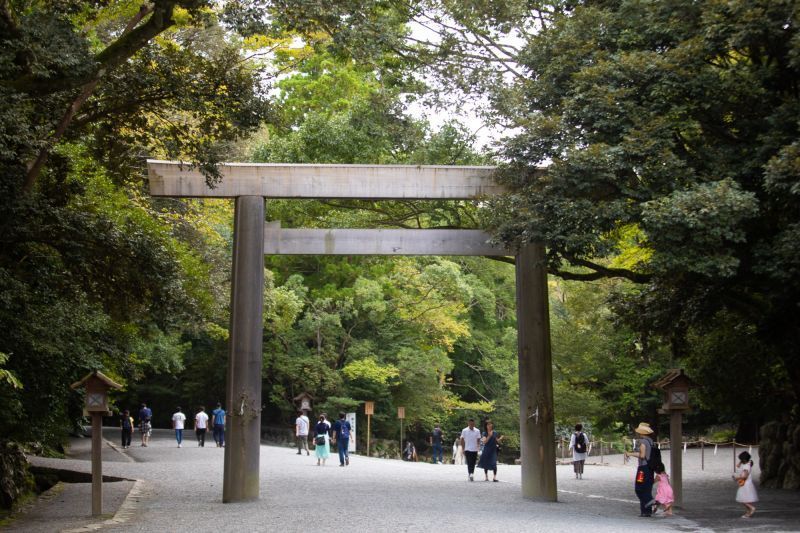
Step back in time and stroll around a sacred shrine complex devoted to the sun deity Amaterasu Omikami and Toyouke no Omikami, the deity of agriculture and industry. No visit to Mie Prefecture would be complete without a visit to the area with its 2,000-year-old history and 125 shrines set around two main separate shrines, Naiku (Inner Shrine) and Geku (Outer Shrine).
Written by Pete Leong
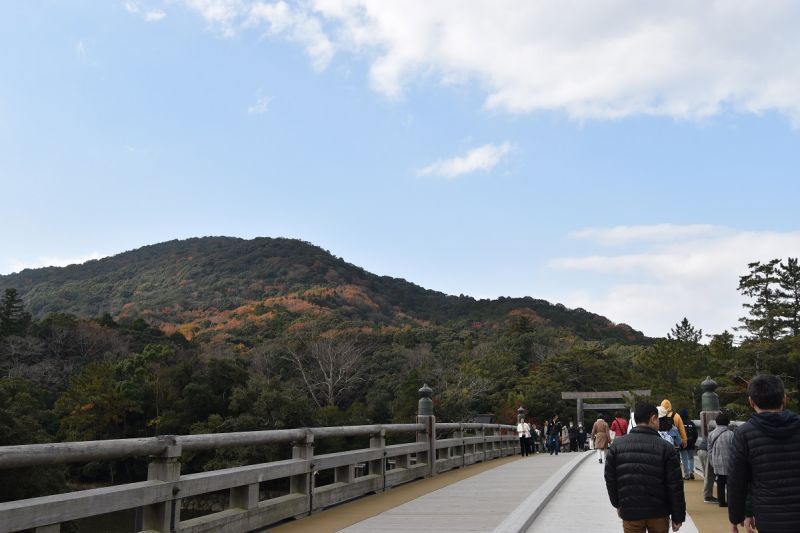
The moment I made my way across the entrance at Ujibashi Bridge I could feel myself becoming immersed in the history and the power that the nature here holds within trees, rocks and shrines.
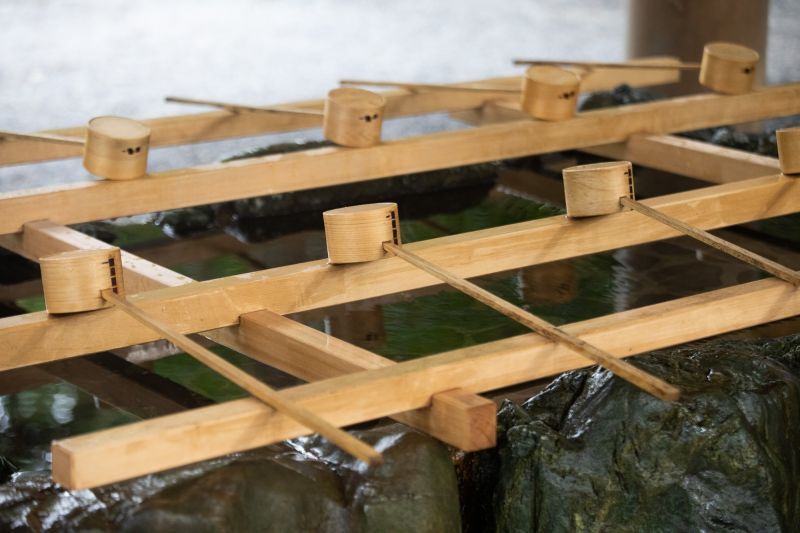
Legend has it that around the 4th century B.C. Emperor Suinin’s daughter, Yamatohime no Mikoto, went from Yamato Province (current Nara Prefecture) in search for a permanent location for worship of the deity Amaterasu Omikami. Yamatohime searched for about 20 years and eventually settled at Ise in Mie Prefecture and there, with a divine oracle, built a shrine by the Isuzugawa River to honor the deity Amaterasu Omikami, and thus Ise Jingu was born.
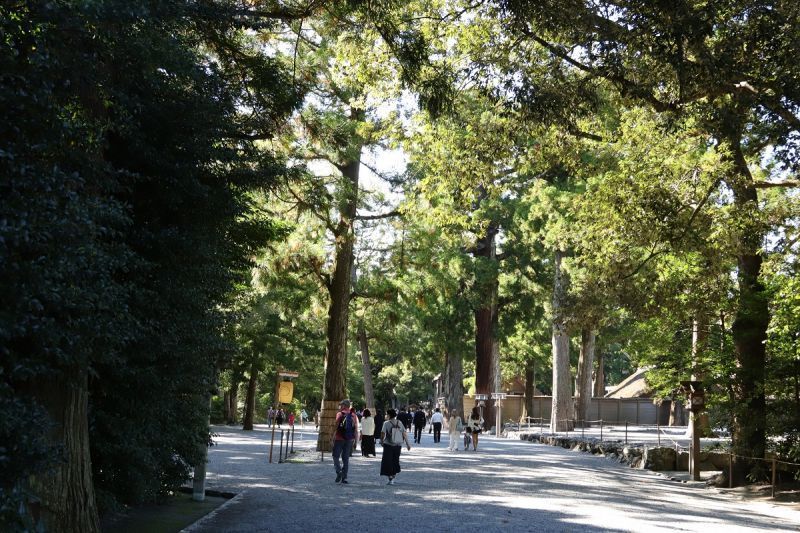
Many Shinto shrines are scattered amongst a tranquil forest of tall straight trees, some of which can be a few meters in diameter. Getting up close and touching these enormous trees brought me a sense of peace and tranquility. It is a perfect setting to harmonize with nature and immerse yourself in history as you walk the ornamental paths through the forest.
Ise Jingu’s Kotai Jingu is one of Shinto’s holiest and most sacred sites. Access to this shrine is strictly limited and the general public are only able to see some of the shrine from behind the wooden fences surrounding it. Other shrines in the forest may be strolled about freely, although photography is prohibited in some areas marked with signs.
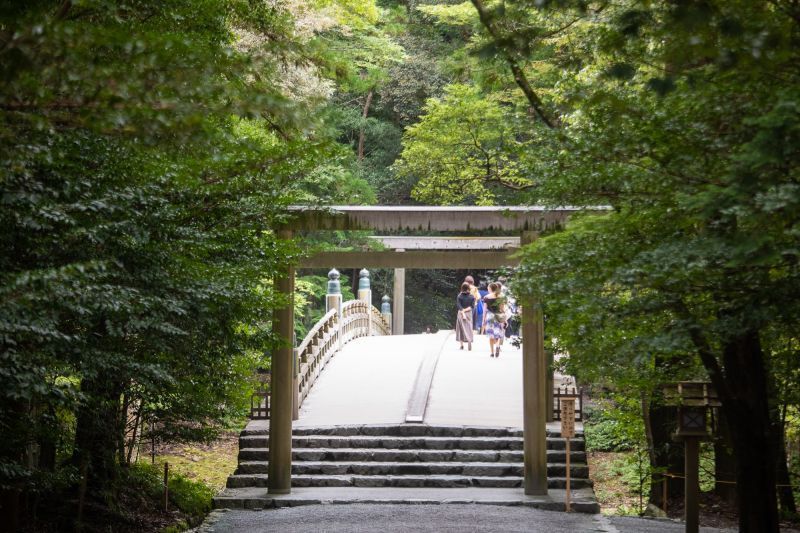
The main shrine of Naiku (Inner Shrine) was constructed using solid Japanese cypress and no nails are used to hold the pieces of wood together. This traditional style of joined-wood construction is known as Yuiitsu-Shinmei-zukuri; this particular style is unique and not used in any other shrine construction. The shrine is rebuilt every twenty years under the concept of “Tokowaka,” or being fresh and youthful forever, and also as a way to pass down the traditional building techniques for future generations.
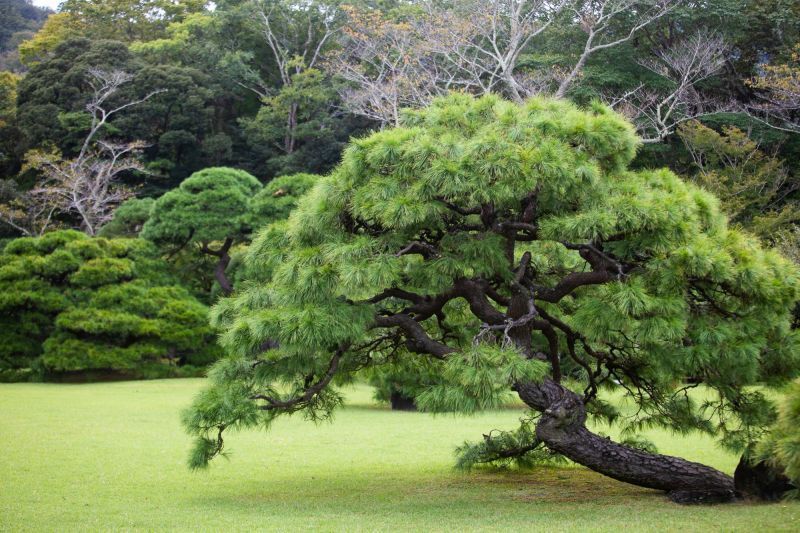
Each year the site attracts more than eight million visitors. As a boom of the enthusiasm to visit Ise Jingu in the Edo period (1603-1867) grew stronger, it has become popular with worshippers from all over Japan, and from the 19th century Ise Jingu became the center of the Shinto faith.
Restaurants, shopping and souvenirs:
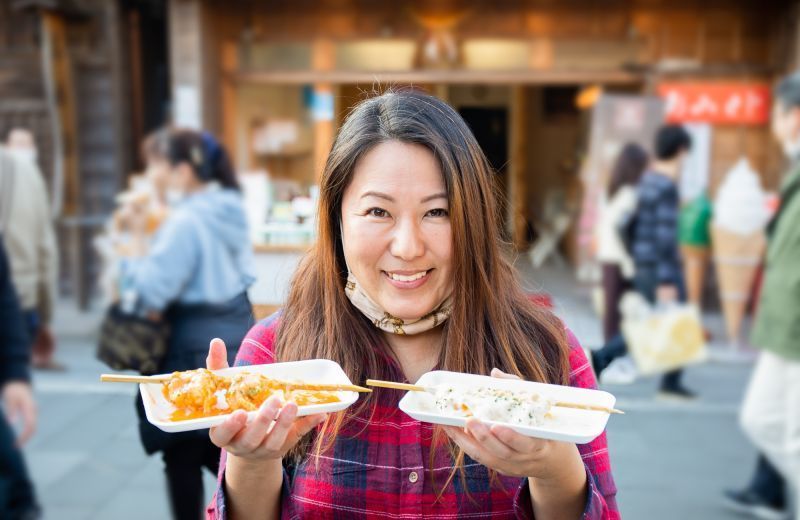
Once you have visited the shrines, take a stroll in Oharai-machi. Walk along an 800m stone pavement street lined with historical buildings, souvenir shops, and restaurants. There are lots of tasty foods from Mie to try here.
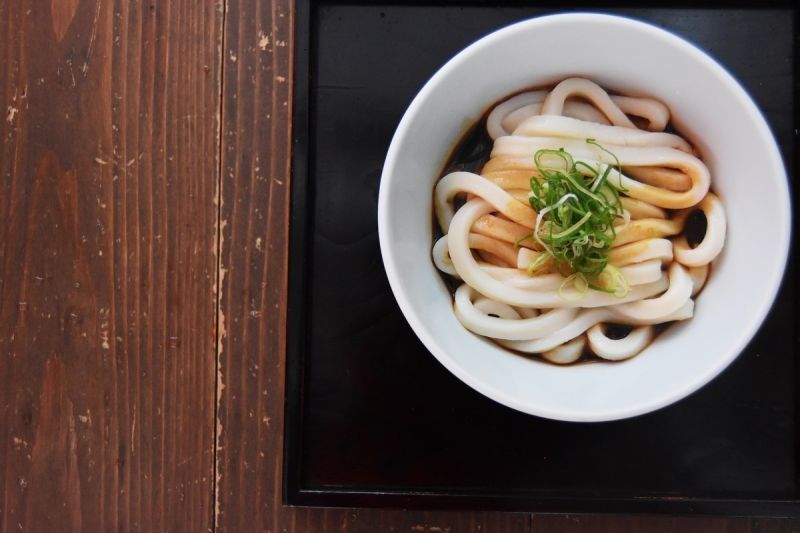
Some favorite dishes originating from the area are Ise Udon, which are noodles with a new texture with a little black sauce, and Akafuku Mochi, which is a sticky rice cake, covered with a sweet azuki bean paste and which is one of the most popular souvenirs at Oharai-machi. How about a local craft beer to quench your thirst? Several kinds of local beers are produced in Ise and are available at various stores and restaurants around the town.
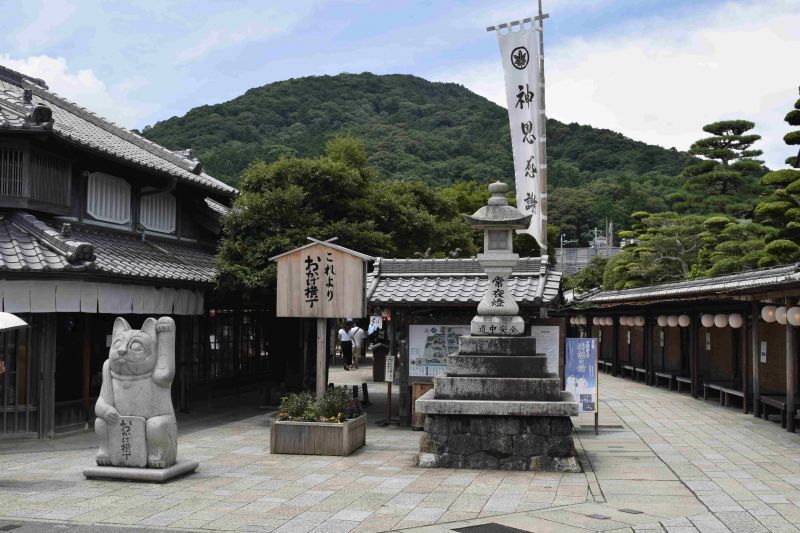
There are also live Japanese taiko drum performances, picture story shows known as kamishibai, and Okageza, which is a museum to learn about Japan’s mythology at Okage Yokocho.
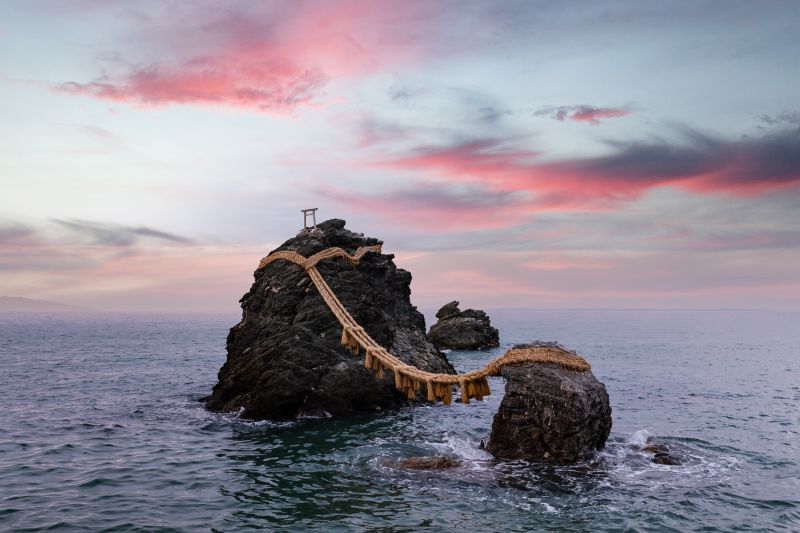
While you are in the Ise area, why not take a short trip to the seaside and visit the romantic landmark Meoto Iwa (Wedded Couple Rocks)? Tradition actually states that visitors to Ise often pay a visit to Meoto Iwa first in order to purify themselves before visiting Ise Jingu.
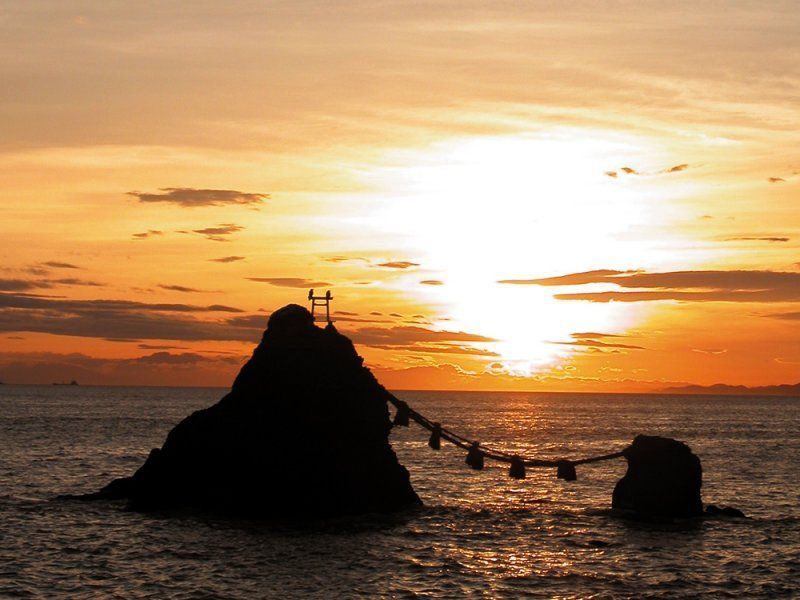
At the Wedded Couple Rocks area you can try the local cuisine, shopping in a shopping mall, or check out Ise Sea Paradise aquarium. A pathway leads from the shops and carpark around the rocky coastline to the Wedded Rocks and a quirky frog shrine. Meoto Iwa symbolizes the married union of a man and a woman and a visit of worship is believed to bring a good marriage. You can see the sun rising between the two rocks during a limited period of time of the year, about a month around the summer solstice. This famous view attracts many people.
It is best to visit the areas earlier in the morning to enjoy the tranquility and avoid the crowds. Public transport provides easy access for travelers and there are multiple paid carparks nearby if coming by car.
If you only visit one sacred place in Japan, the Ise area with Ise Jingu should be top on your list with its rich history, beautiful architecture, and awe-inspiring nature.